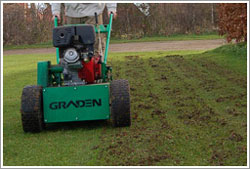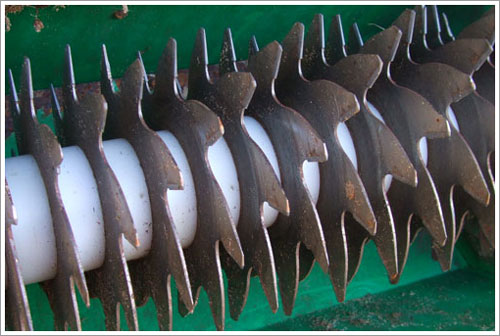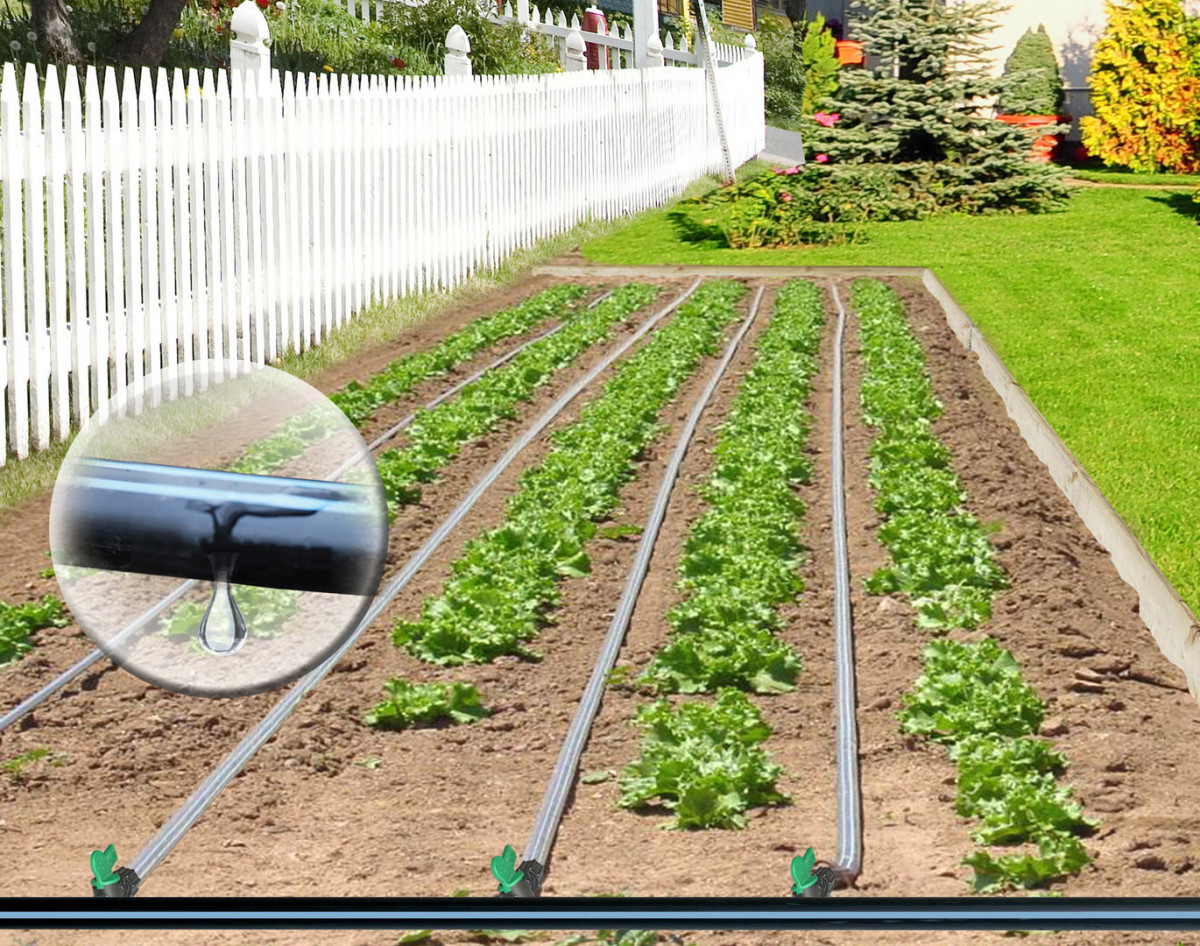Scarifying & dethatching lawns and turf to remove thatch & moss

What is lawn scarifying & dethatching
Lawn scarifying or dethatching as it is also known is the process of removing thatch (organic matter) or moss from the lawn to encourage a healthy lawn. This essential turf care task is carried out using either a purpose built powered machine or a hand implement such as a spring tine rake.
Lawn scarifier blades

Why do lawns need scarifying
Over a period of time organic matter, more commonly known as thatch accumulates in the base of the grass sward, between the grass and the soil. This thatch accumulation is a natural process and is primarily made up old leaves, shoots and roots of decaying grass.
A small layer of thatch is actually beneficial to the lawn as it creates resilience and wear tolerance. However when this build up of thatch becomes excessive, it becomes a problem and the health of the lawn starts to deteriorate. An acceptable level of thatch would be about 12mm, any more than that you need to start thinking about removing it via scarification.
A regular lawn scarifying or dethatching program helps remove and prevent the build up of excessive thatch. The most effective way of removing thatch from a lawn is by using a powered scarifier. A hand held spring tine rake can be used for small areas, but it is harder work and will not be as effective as a powered lawn scarifier.
A lawn scarifier is a machine powered by a primarily by a petrol engine ( although electric scarifiers are also available). The machine consists of a series of vertically mounted knife like blades. These blades spin at great speed and slash into the base of the lawn, removing the thatch debris as the machine travels over the lawn. The debris is then cleaned up and disposed of.
Another reason for scarifying a lawn is to remove moss after moss killing treatment has taken place. This would usually be undertaken during the spring time and to a lesser degree during the autumn.
What is the best time to scarify a lawn
There are two key times during the year when scarifying or dethatching should be carried out on the lawn, the spring and early autumn. However it is important that the task is undertaken during periods of strong growth. This is because the operation can be quite severe in certain cases, and the lawn needs to recover as quickly as possible. Avoid scarifying too early or too late in the season when there is insufficient growth for the lawn to recover. Deep scarification is best undertaken late summer / early autumn when the ground is moist and there is still plenty of growth remaining.
Lawn scarification is often integrated into the spring / autumn programs. These programs can also include, turf aeration, over seeding, top dressing, moss and weed control and feeding depending which program is being undertaken. Scarification would usually be the first task unless moss killing is needed, then it would follow the moss treatment.
Lawn scarifier
How to scarify a lawn
Once you are satisfied that the ground conditions are right and any other previous tasks have been completed you are ready to go ahead and scarify. For the best results mow the lawn a little shorter than normal prior to scarifying, this helps with the clean up process.
Set the scarifier to the required depth, this is usually the depth of the thatch. In some case the scarifier may not be able to penetrate the full depth (due to insufficient power) if the thatch is too deep. If this is the case set to a depth that the machine can comfortably manage.Once the machine is set up, test it on an inconspicuous area of the lawn to make sure it is not too severe. Once you are happy with the set up your are ready to scarify the lawn, simply go up and down the lawn, the same as if you were mowing it.
Once you have completed the task the debris will have to be cleaned up unless the scarifier was fitted with a grass box. Clean up options include hand raking, mechanical or towed sweeper, blower, rotary mower with a grass box. Some of these clean up methods may suit your lawn other may not, trial and error is the only way to find out. Ideally let the debris dry before attempting to clean it up it make the operation easier and less messy. Another tip to help with the clean up process is to work in the same direction as the lawn was scarified.
For lawns with a serious thatch problem consider scarifying a second time. However you will need to assess the lawn after the first pass to see if the lawn will cope with another pass. You also need to take into consideration the weather conditions and the strength of the growth so the lawn makes a full recovery. It should also be noted that lawns that have received little scarification and maintenance in the past are like to produce more debris.
If you are happy that you lawn will cope with another pass, do it at approximately a 30 degrees angle from the initial operation. Once finished, clean up the debris and you are free to continue with rest of you renovation program.




